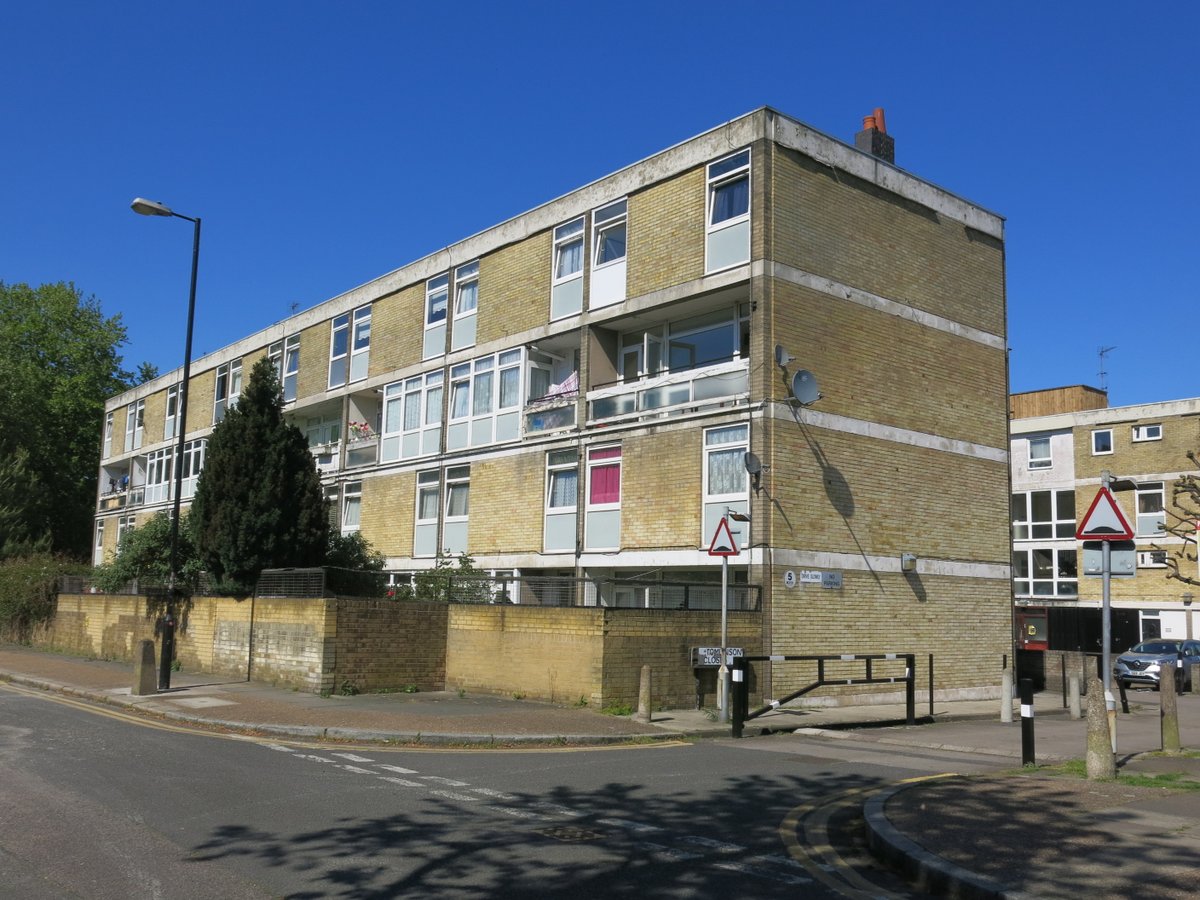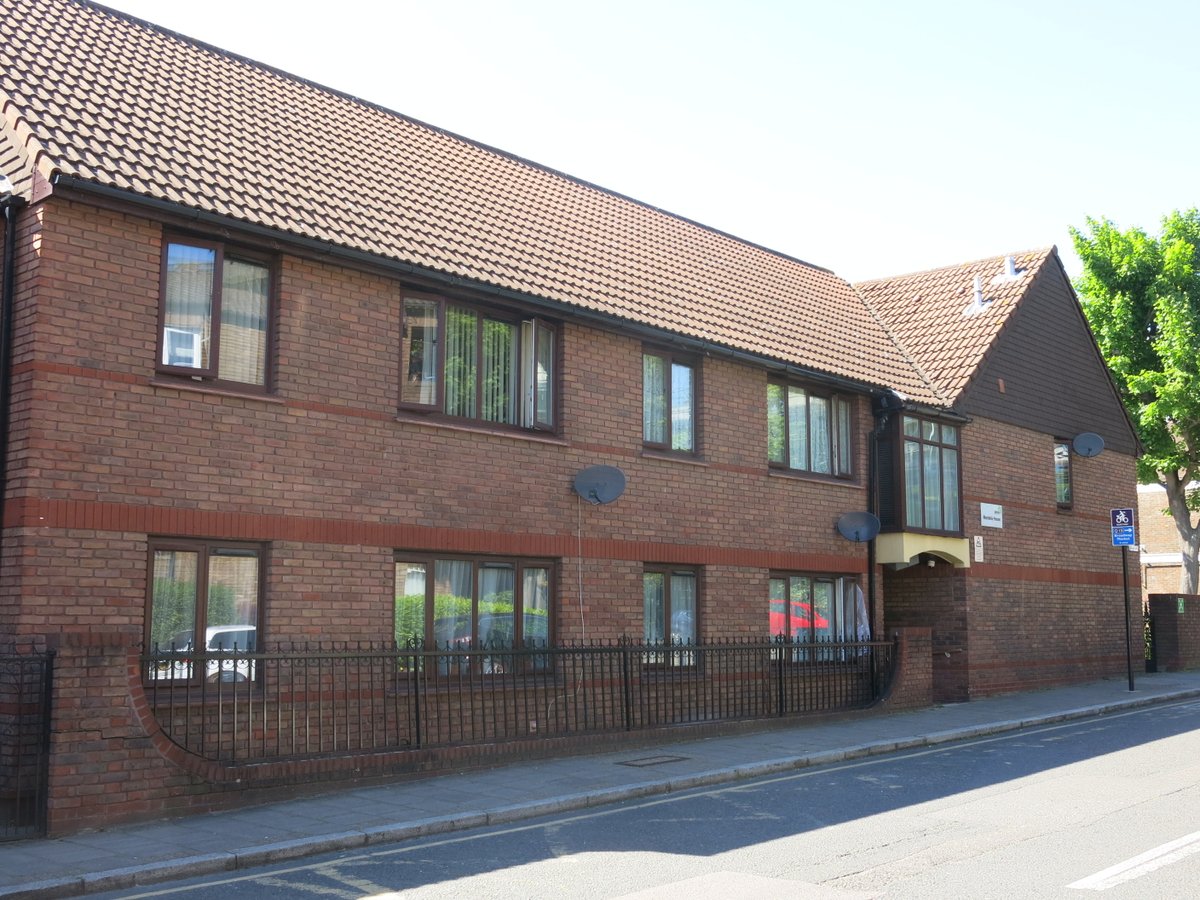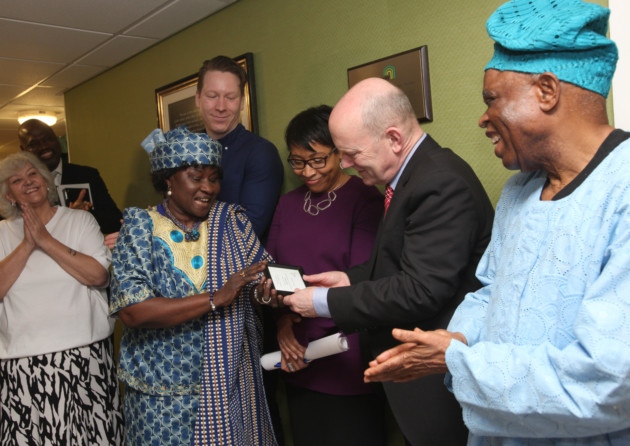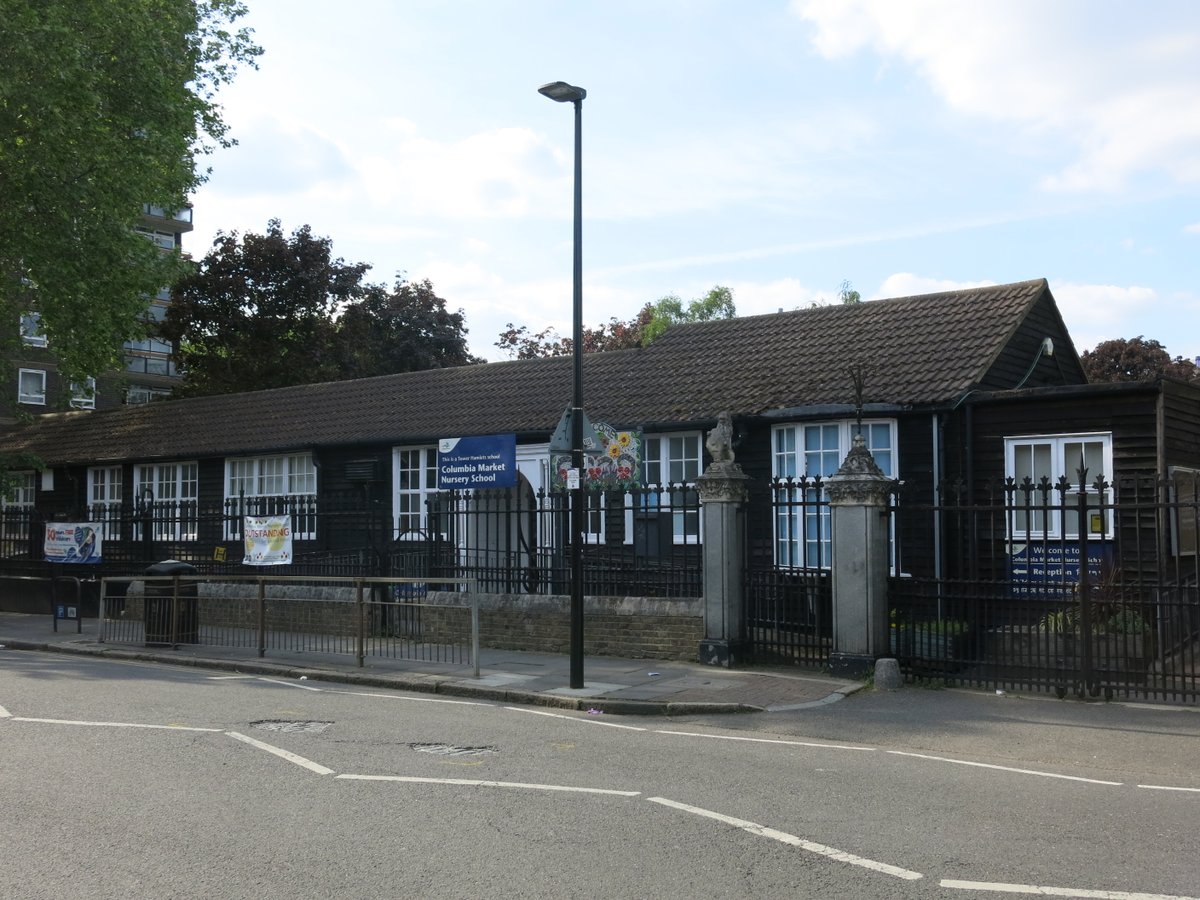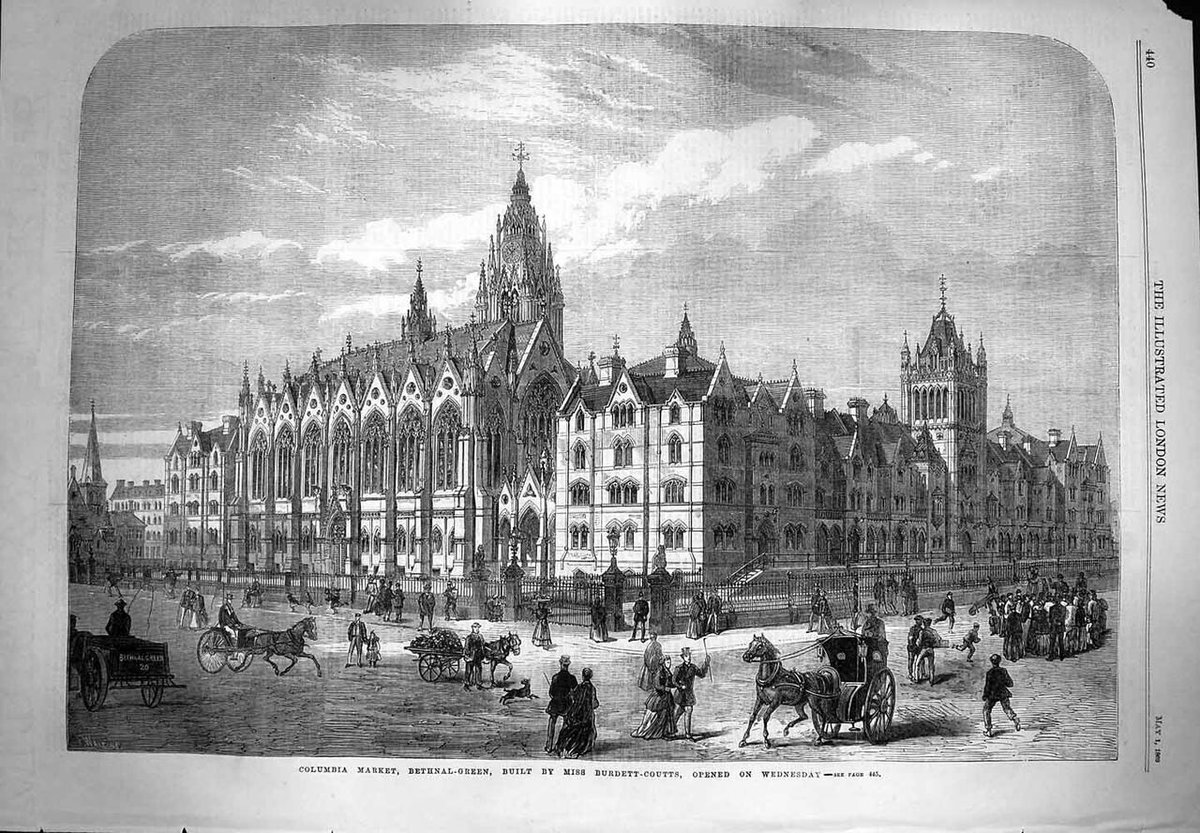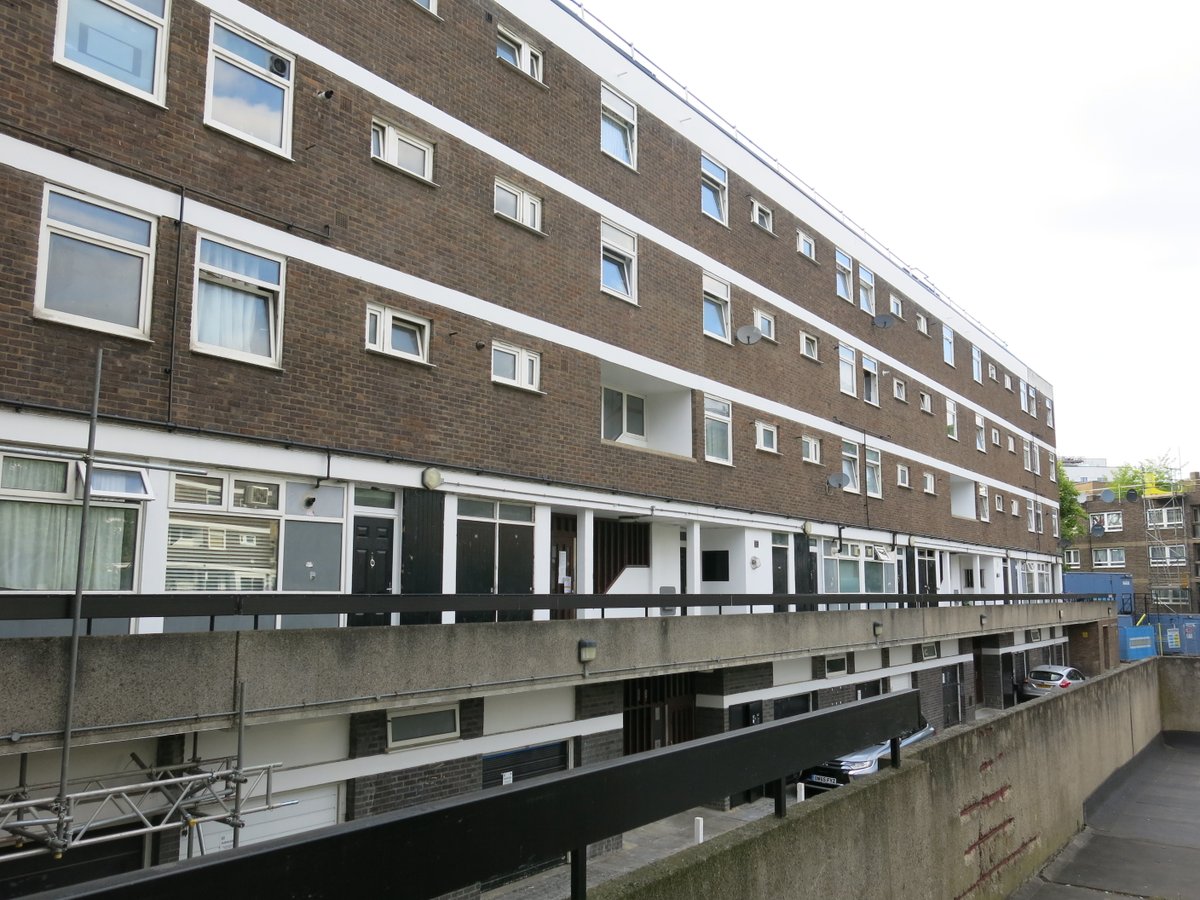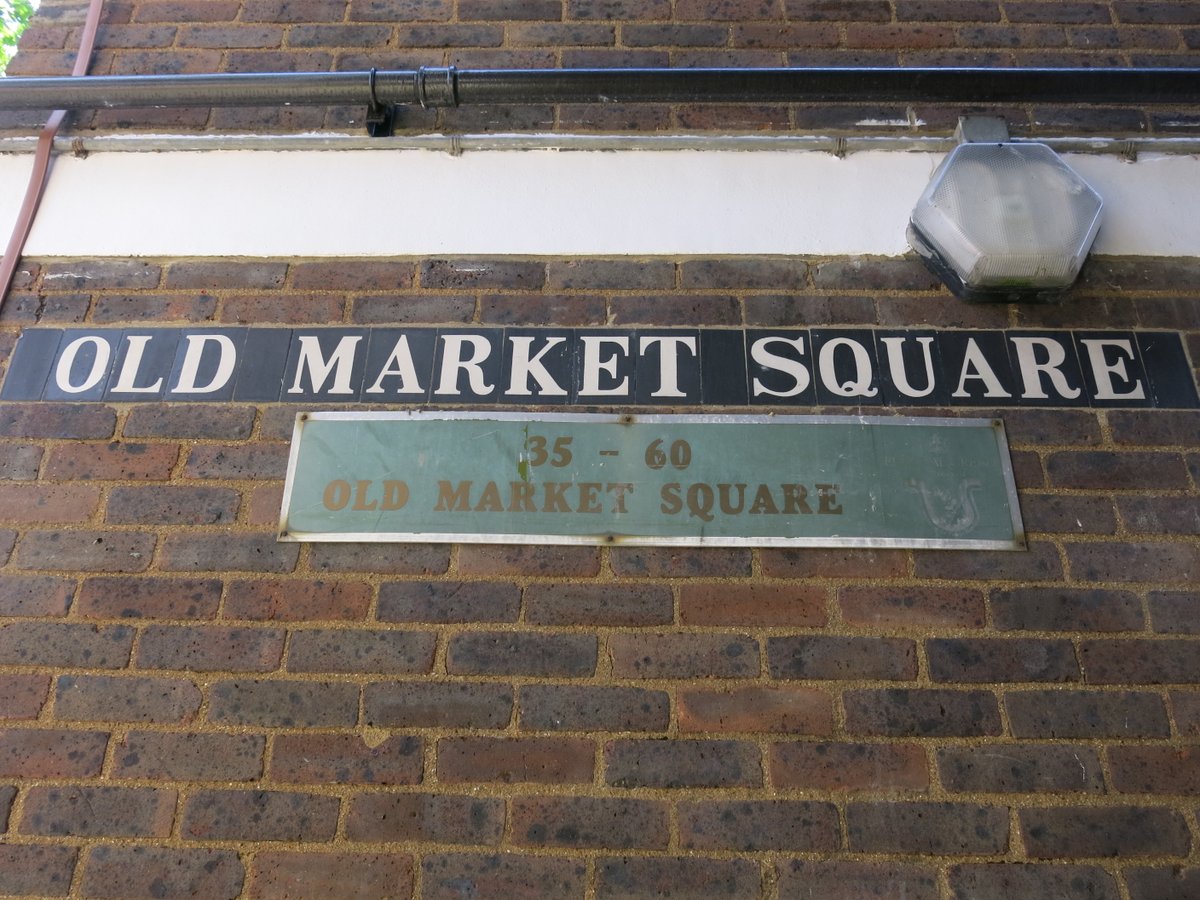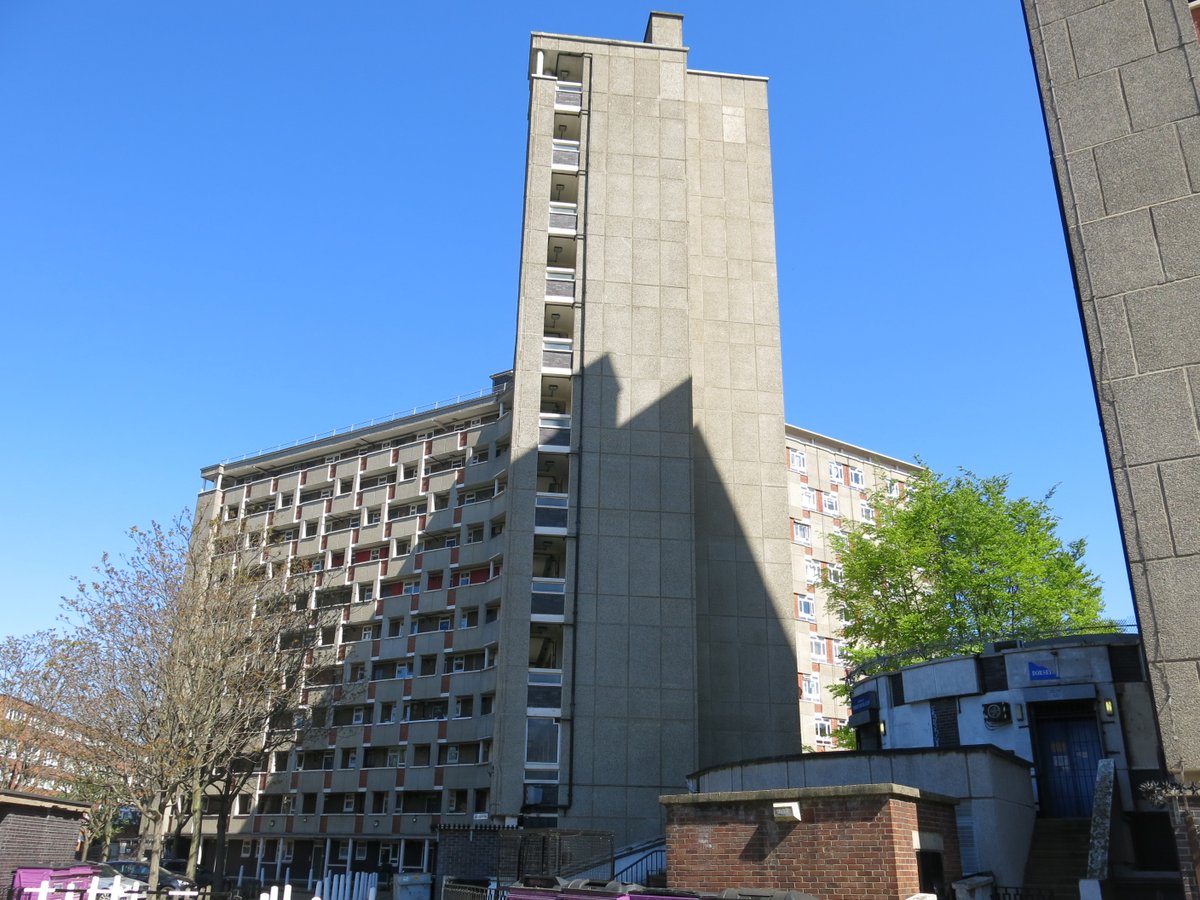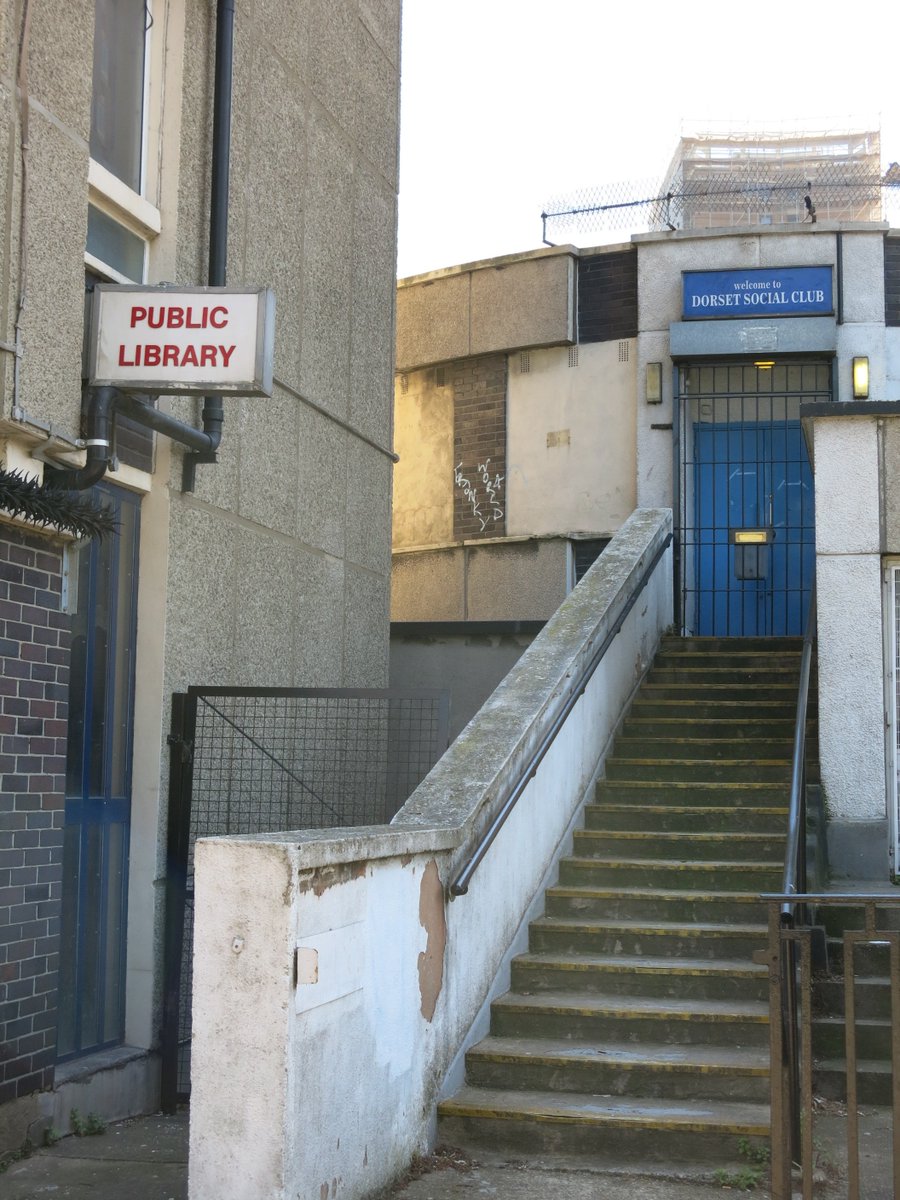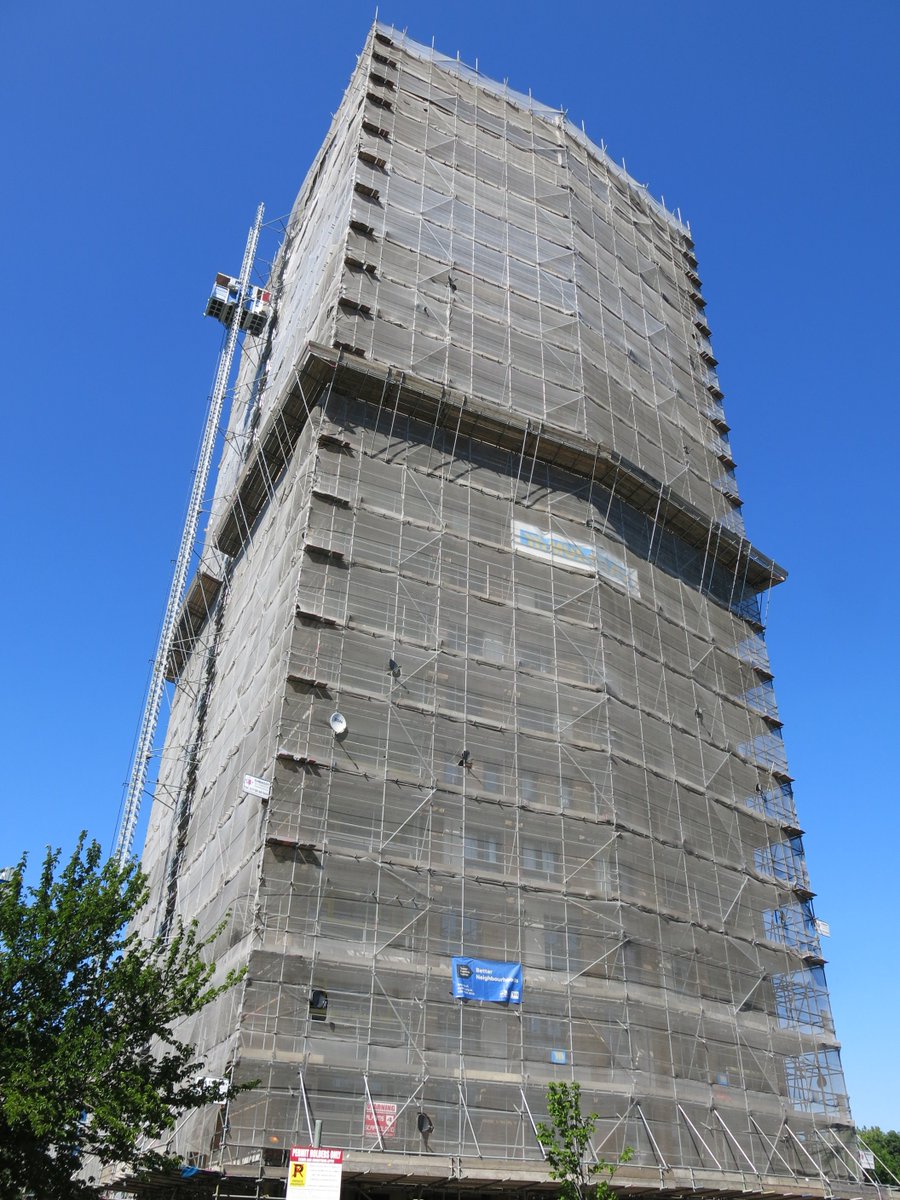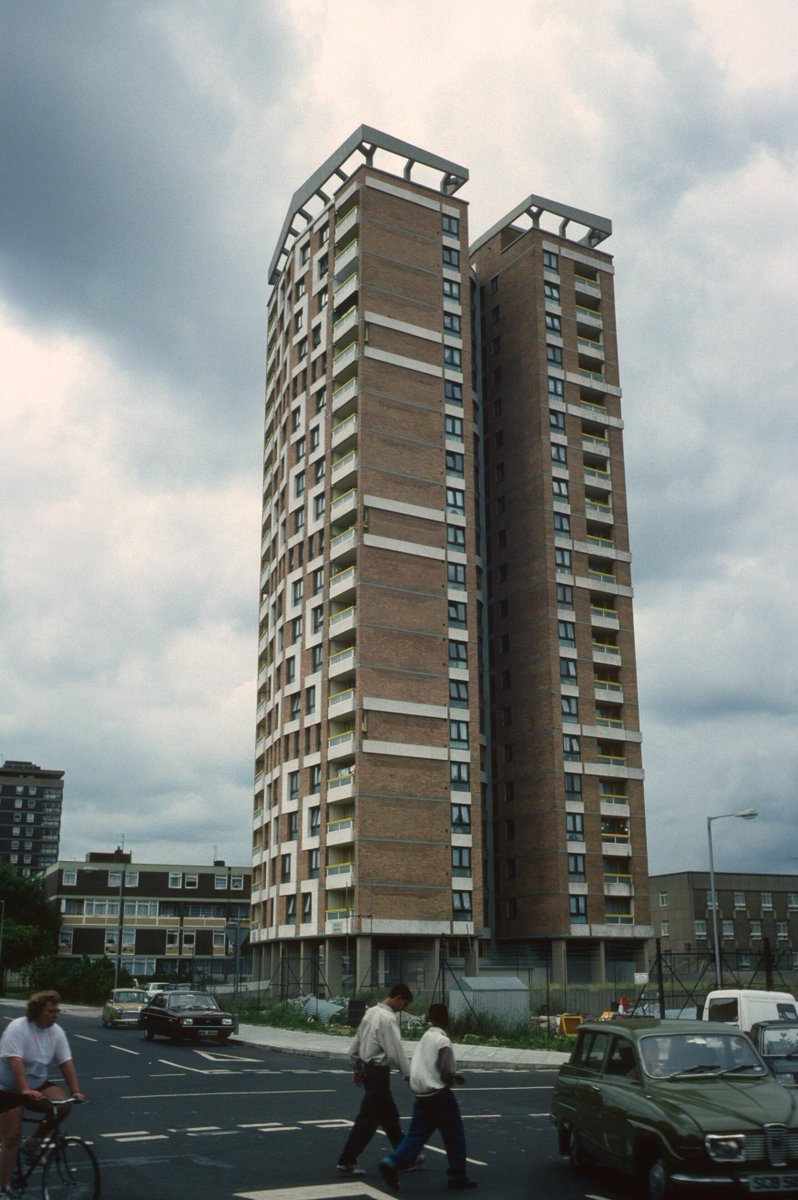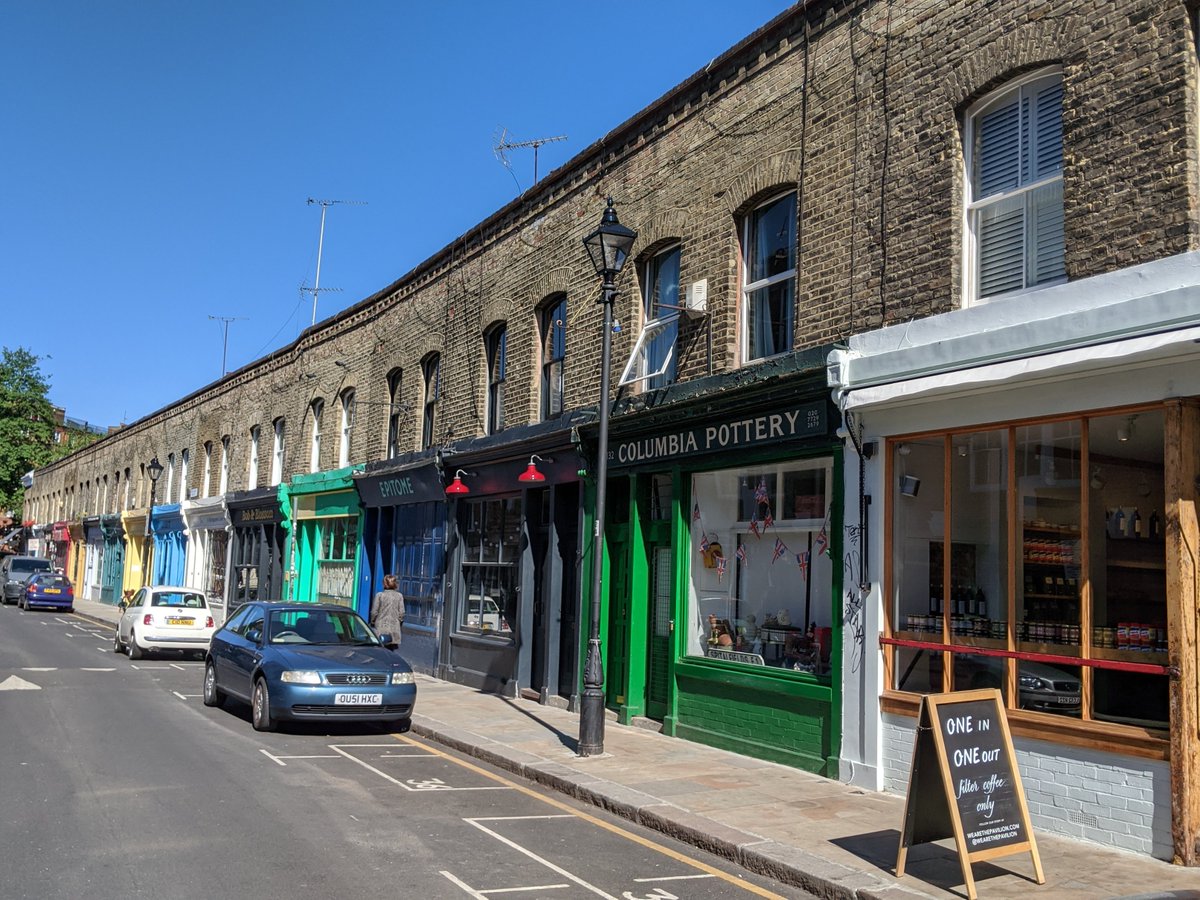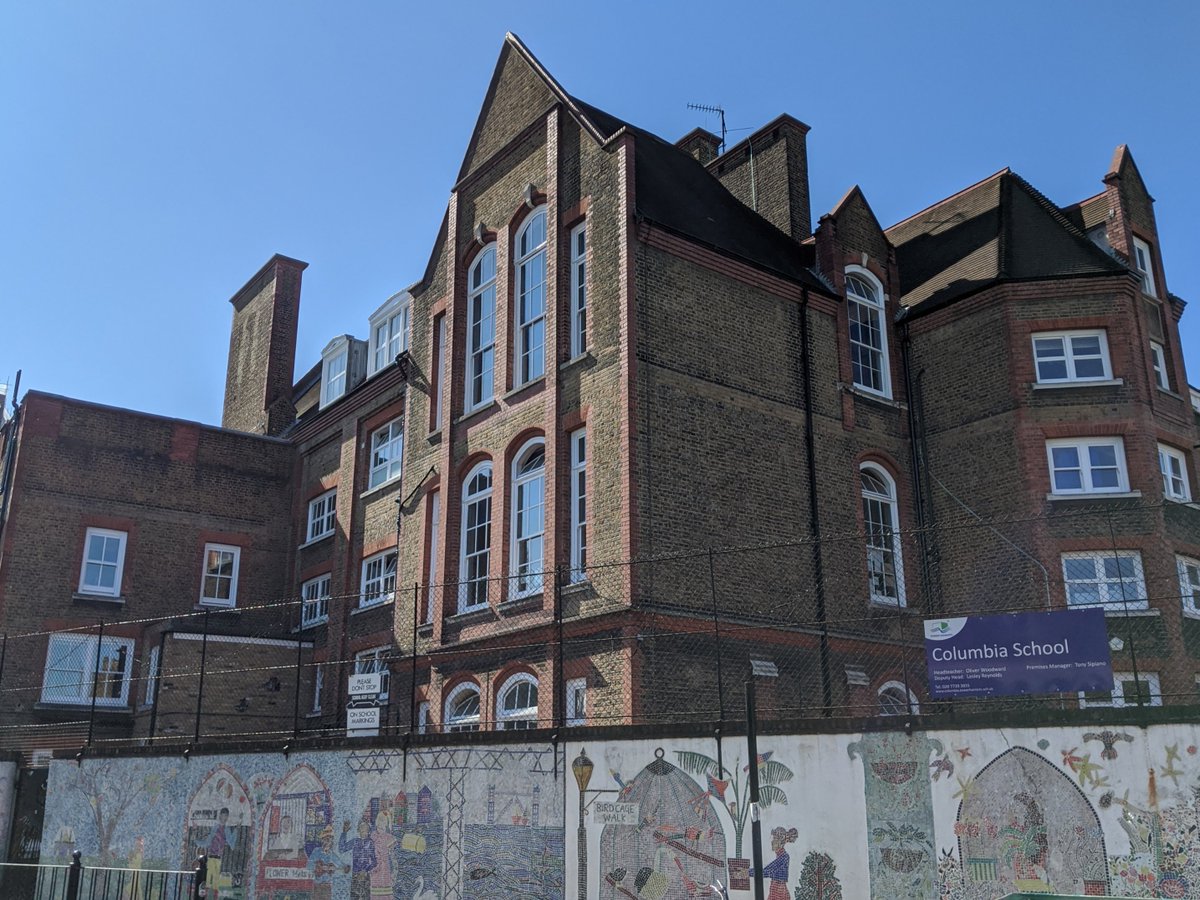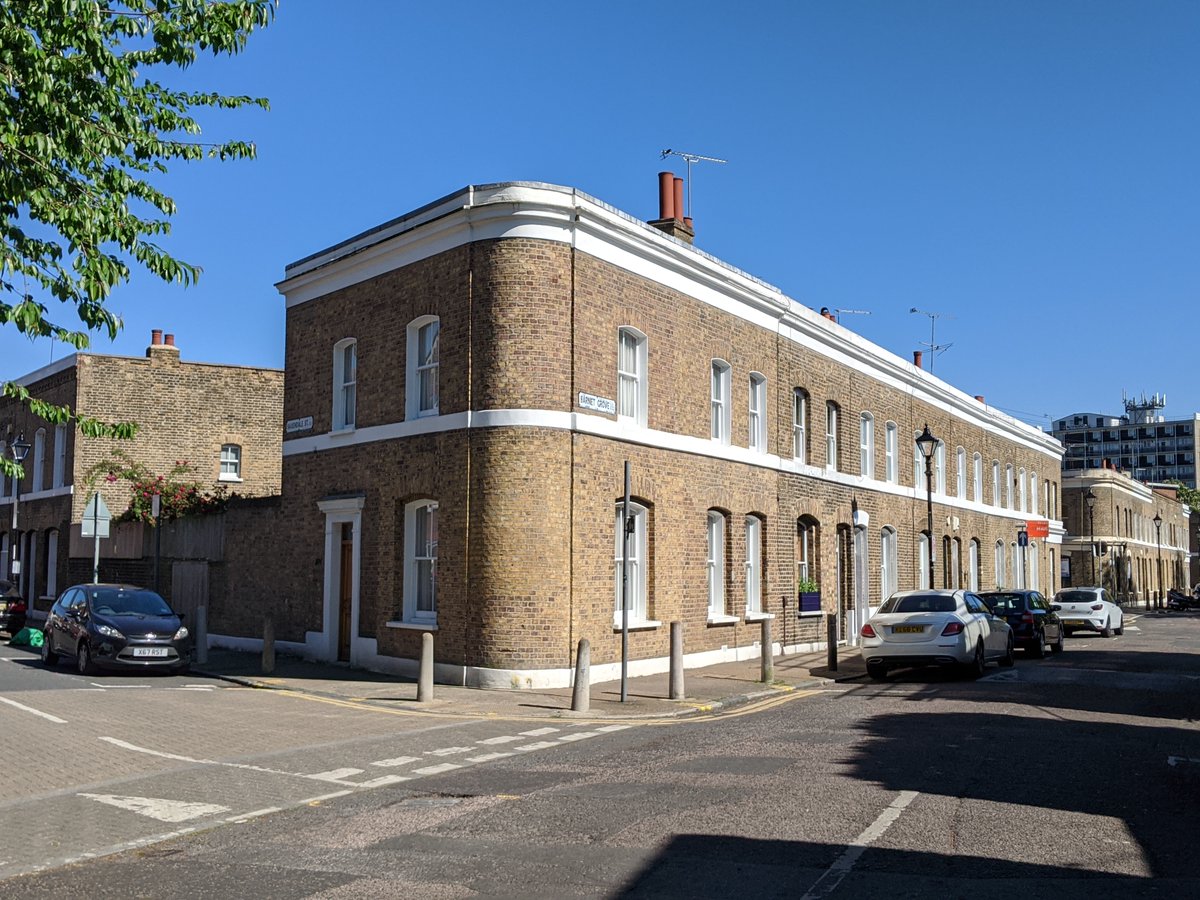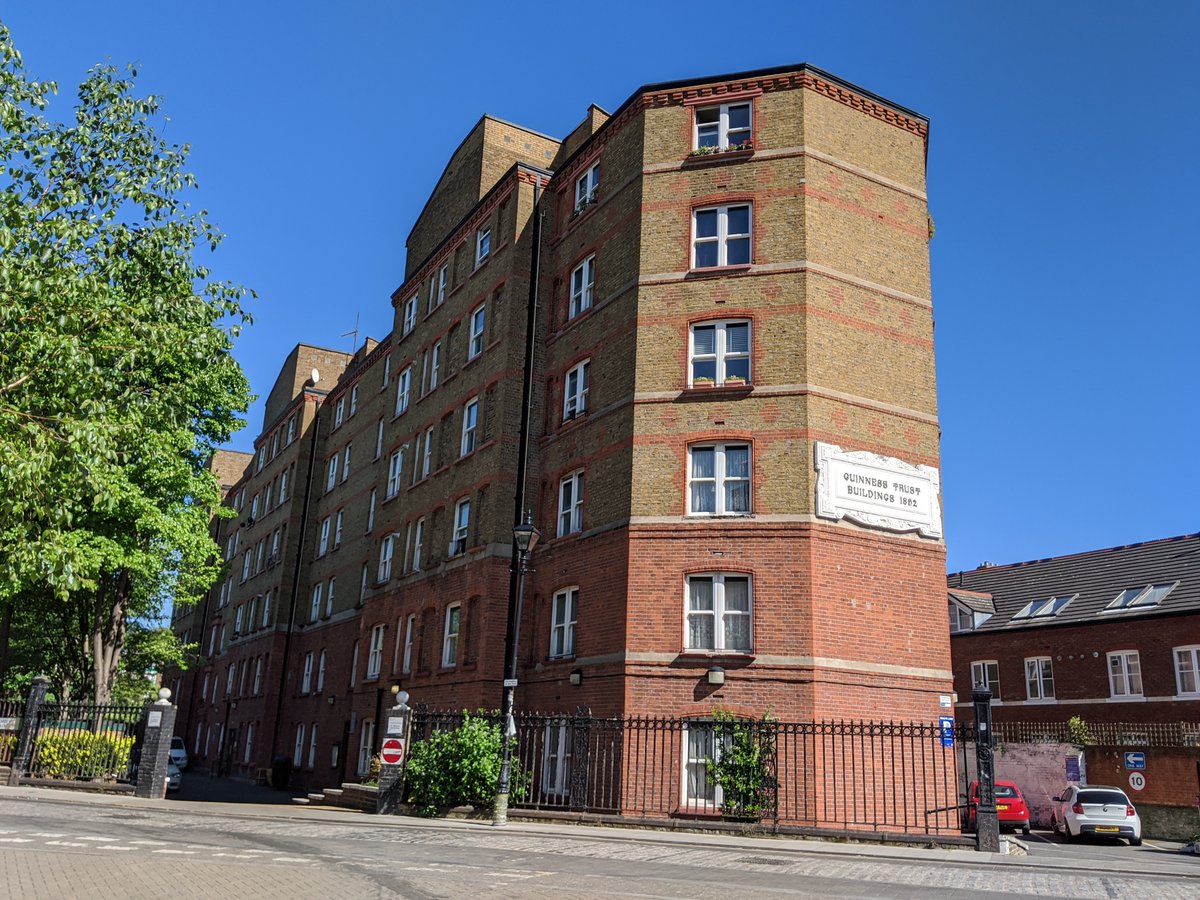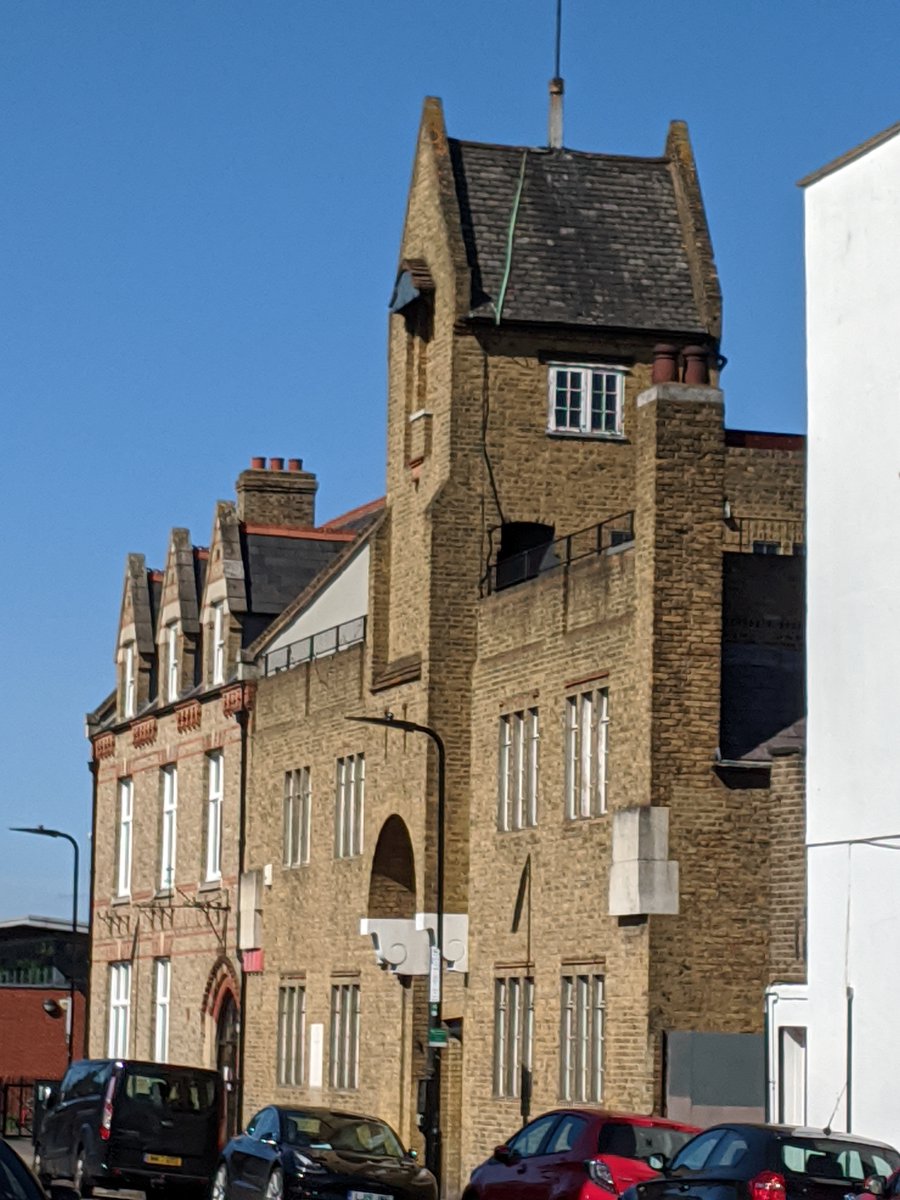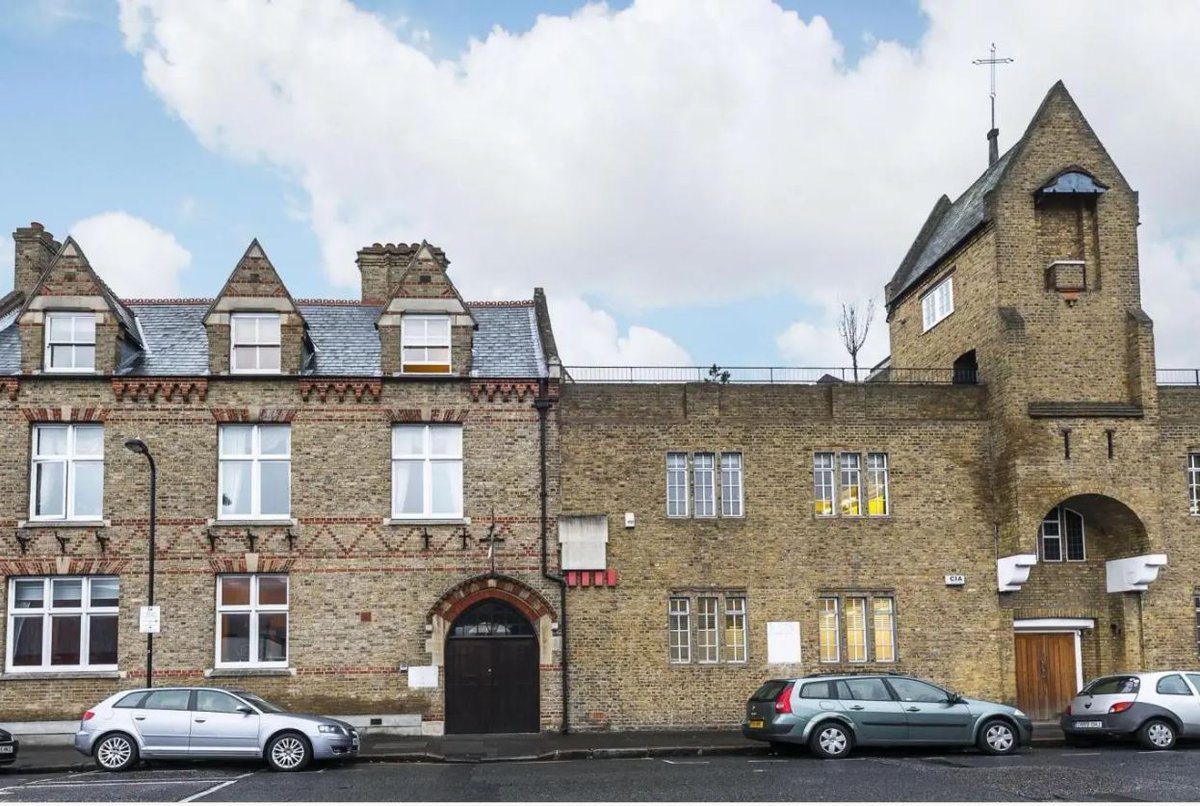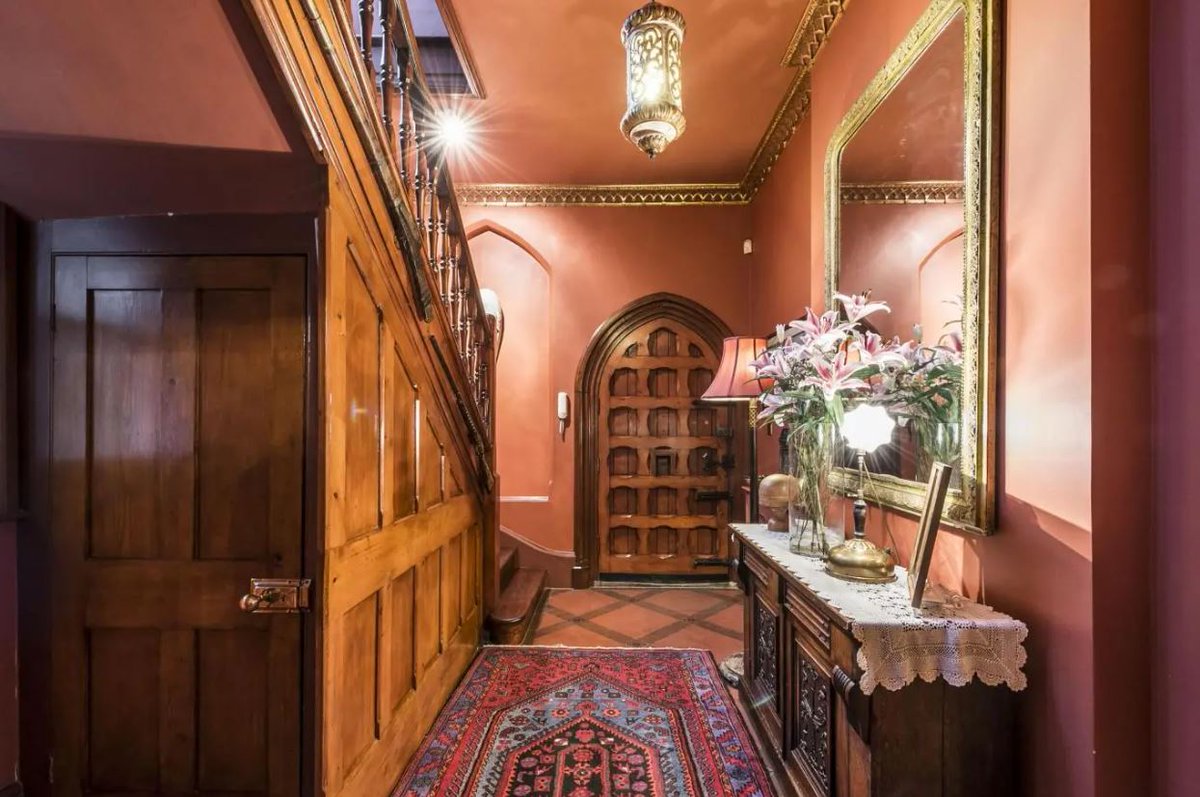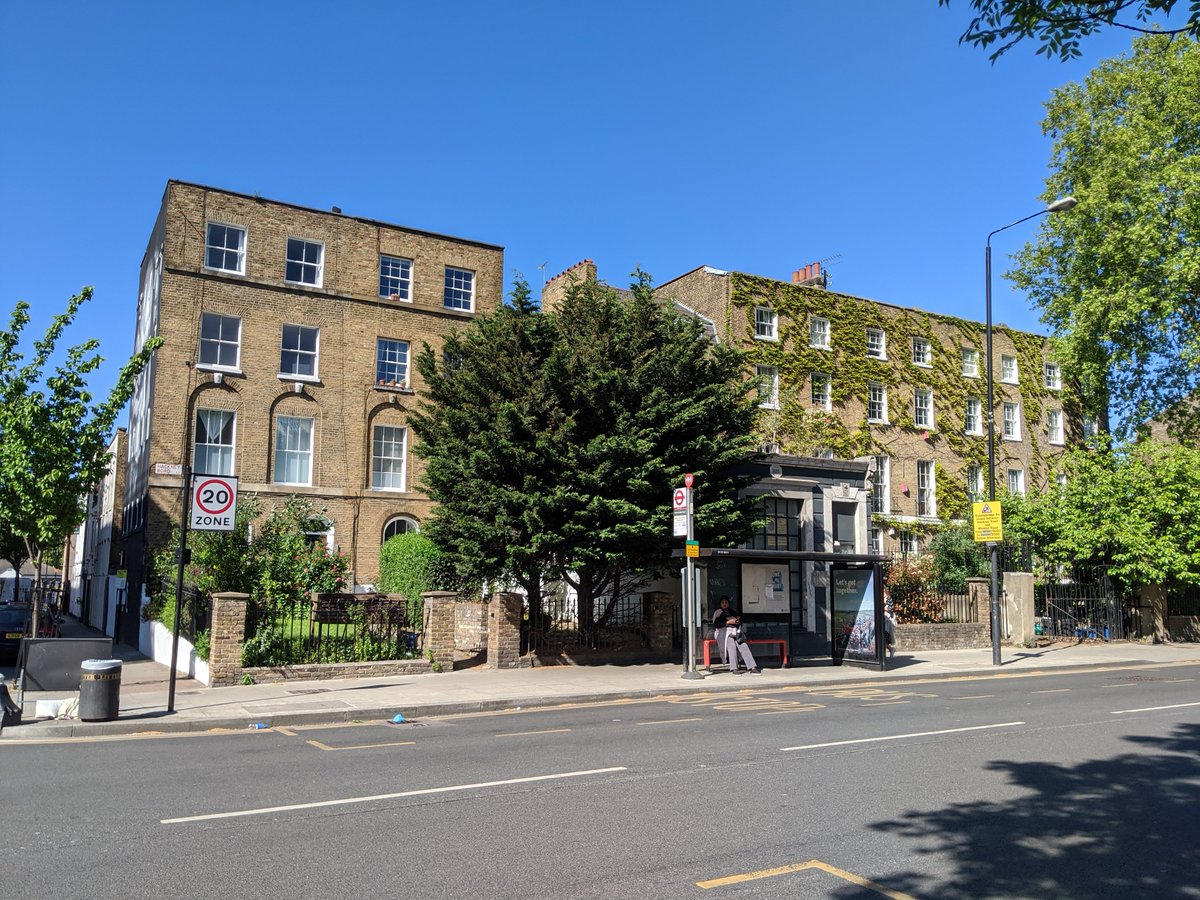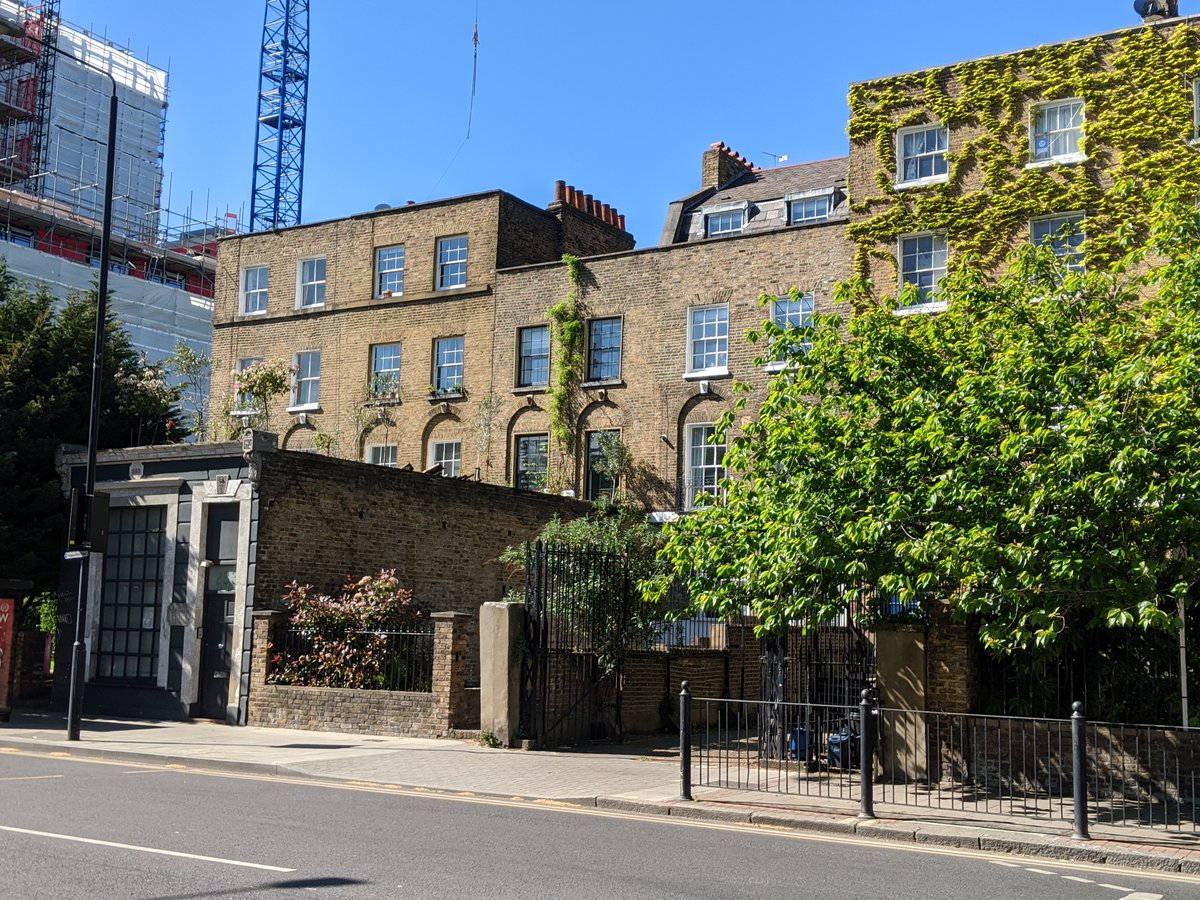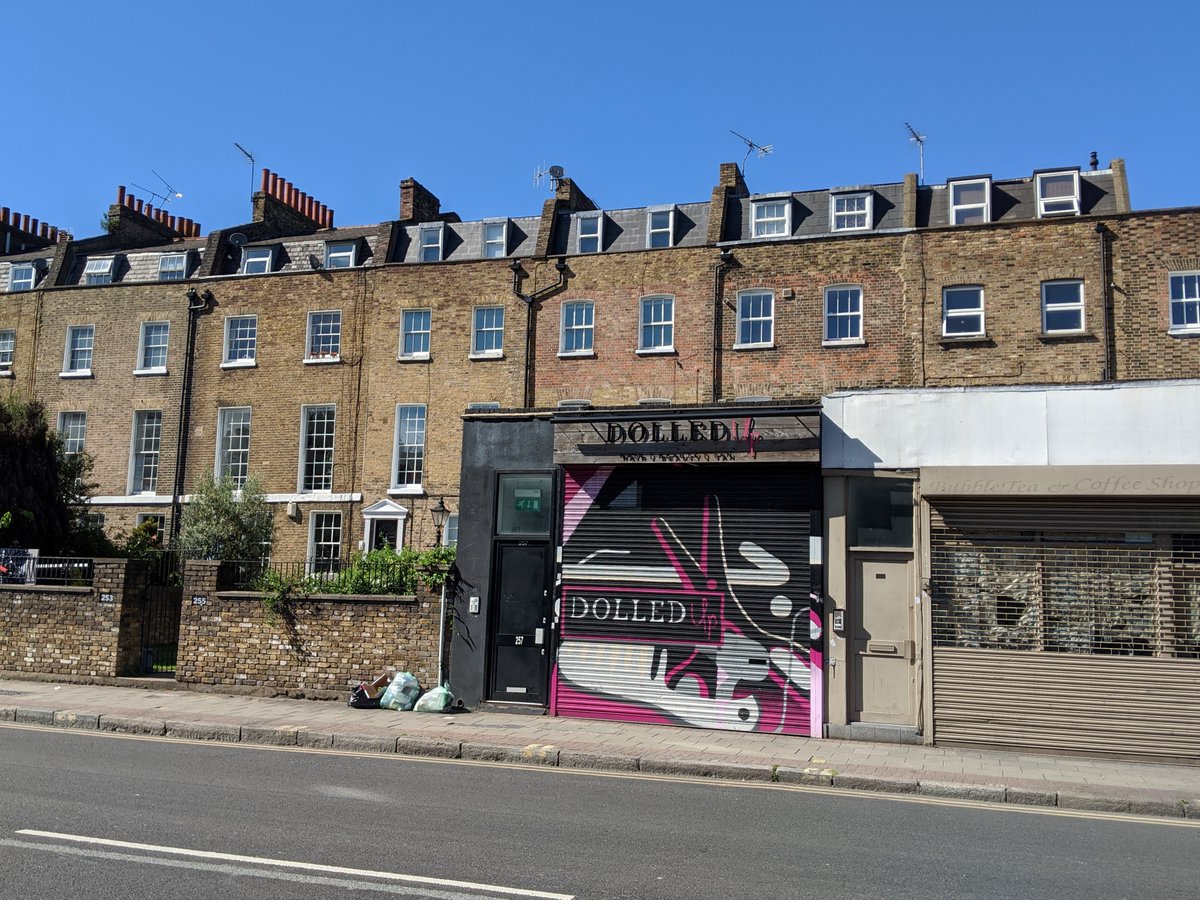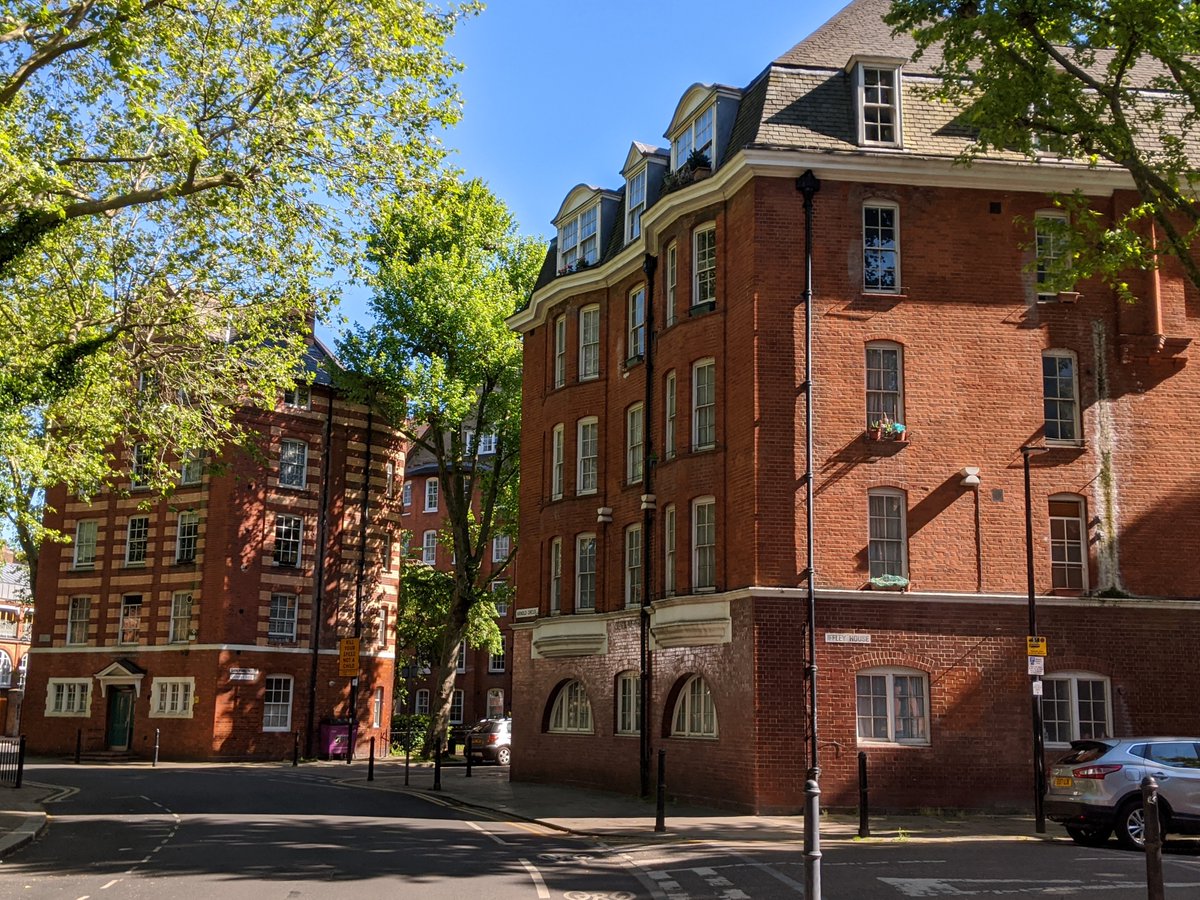1/ THREAD: A walk into Bethnal Green, starting at the 19th century carpenters’ and furniture makers’ workshops in Padbury Court at the northern end of Brick Lane. The nearest has been converted to a one-bed home recently on sale for £875,000.
2/ Tomlinson Close was part of the London County Council’s Newling Estate built in the 1960s. It was the childhood home of comedian Micky Flanagan. (Micky bought a copy of my book at a talk I gave. I recognised him but couldn’t remember his name, not that he minded.)
3/ Six-storey Strickland House, also part of the Newling Estate, was approved by the London County Council (LCC) in 1961.
4/ Carrying on north onto Chambord Street, these four-storey maisonette blocks were built by the Greater London Council in the mid-1979s.
5/ Mandela House on Virginia Road is retirement housing managed by the Gateway Housing Association. It was officially renamed after extensive modernisation in 2016 on the 26th anniversary of Nelson Mandela’s release from prison.
6/ We’ve reached Columbia Road and the Grade II-listed Columbia Road Nursery opened by the LCC in 1930, one of the first municipal nursery schools in the country. Of the 88 children on the opening roll, a third had rickets and around 80 percent were inadequately nourished.
7/ The gates are the vestiges of the Columbia Market, completed in 1868, financed by philanthropist Angela Burden-Coutts and designed by HA Darbishire. The market had 400 stalls, each with their own flat. Abandoned by traders by the 1890s and demolished in 1960.
8/ The Old Market Square Estate was built on its site between 1963 and 1964 by the London County Council – of its time with ground floor garaging and upper-level walkways.
9/ Heading east on Columbia Road, the Dorset Estate (its buildings named after the Tolpuddle Martyrs) was designed by Skinner, Bailey and Lubetkin for Bethnal Green Metropolitan Borough Council, completed 1957. Here’s one of the two 11-storey Y-shaped blocks, James Hammett House.
10/ The estate was provided with clubroom and library. The estate as a whole is an important example of Berthold Lubetkin’s vision and ambition for council housing: ‘Nothing is too good for ordinary people’.
11/ The estate’s twenty-storey Sivill House, designed by Skinner, Bailey and Lubetkin, was completed in 1966. Here it is today, undergoing controversial renovation, last year and in 1988.
13/ Across the road, Columbia School, a typical 1880s primary school built for the School Board of London after the 1870 Education Act had made elementary education compulsory.
14/ Next the Royal Oak pub, designed by AE Sewell for Truman’s brewery in 1923. It’s Grade II-listed, an important example of the ‘improved’ pubs of the day with superior facilities to discourage drunkenness.
15/ To the south lies Baxendale Street in the Jesus Hospital Estate, developed by the charity after 1862. Purchased by the Greater London Council in 1979. Declared a General Improvement Area in 1986; now a Conservation Area. Its terraced, two-bed homes sell for about £1m.
16/ The Guinness Trust Buildings of 1892 are a surviving block of three model tenement blocks designed for by F Pilkington in 1892. The charity was granted £200,000 by Sir Edward Cecil Guinness in 1890 to provide housing for the London poor.
17/ On Ropley Street, Jellicoe House is part of the Nag’s Head Estate, built on land cleared by the LCC in 1933 by the Nag’s Head Housing Society and acquired by Peabody in 1956. Designed in Ian Hamilton’s ‘usual Moderne Neo-Georgian’ according to Pevsner.
18/ Off Hackney Road on Yorkton Street there’s St Augustine’s Church of 1867 – ‘a handsome mid-Victorian Gothic Revival church by one of the leading church architects of its time, Henry Woodyer’ (English Heritage). Later a bikers’ club, then an arts centre, now offices.
19/ The Vicarage next door was recently listed for sale – as a two-bed maisonette – at around £1.5 million. It& #39;s quite sumptuous inside.
20/ Heading west on Hackney Road are a number of early nineteenth-century Georgian houses – originally speculative housing for the prosperous middle class with front gardens infilled as the area grew more commercial.
21/ We crossed Arnold Circus and the Boundary Estate - Britain& #39;s very first council estate, opened in 1900 - on the way back ... but more of that on another day.

 Read on Twitter
Read on Twitter

